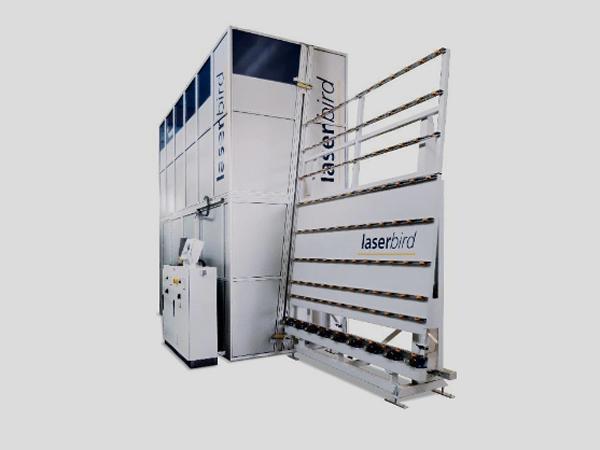
Date: 30 April 2021
The trend towards new applications has great deal to do with changes in customer demand and the feasible options for creating greater added value.
Laser processing of custom glass products
Until recently, laser-assisted finishing in glass processing was primarily considered an aesthetic tool for creating custom glass designs. The laser printing process is used to apply a wafer-thin, scratch-resistant pattern to the glass that matches a specific template.
Additionally, when working with coated glass, the physical properties of the coating can also be used to turn it into a sample or another motif via the laser.
The developed the patented Laserbird system that can be used for single-glazed panes, laminated glass and insulated glass units (IGUs).

Laser decoating for a crystal-clear surface with no scratches
As demands become increasingly strict for structural glazing and edge decoating the laser is fast becoming a popular tool. Decoating with laser technology is extremely precise and causes zero damage to the surface.
HEGLABoraident customers use laser decoating for example, on controls for machines or to create lighting effects behind mirrors. Crystal-clear results with no scratches are guaranteed.
High-functionality smart glass
Smart glass is another area with much potential for the future. Glass products can now be produced using laser techniques including glass needed for increased permeability such as mobile communication radio waves - this is perfect for use in areas such as conference rooms and offices.
The technology can also be used to finish bird protection glass, apply site-specific sun protection or increase radar dampening in areas close to airports. There is also the option of using laser prints or coating conversion to turn glass panes into conductors, which can then be used for technical applications.

Clear markings for traceable glass and product identification
Laser technology is becoming more important for use in the identification of glass processes. In order to simplify production management and product traceability, the panes are marked with a unique, machine-readable QR or data matrix code (and often a logo) before being cut to size.
Marking the glass using the UniColor laser printing process, for example, leaves the surface undamaged and permanently bonds the marking to the pane without scratching it.
Individual marking allows the entire production process to be monitored in real time and optimised using special software. Should there be any queries, the HEGLABoraident laser system makes it possible to track down the production company that made the IGU, as well as the company that installed it for end users if required. In construction projects with multiple pane suppliers, production is greatly simplified.
For more information on the HEGLABoraident range please call Paul Gibbs on 07802 655 214 or visit the website www.hegla.de
 600450
600450

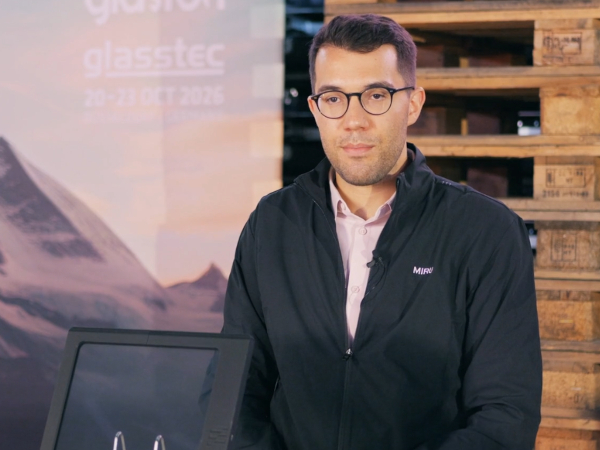


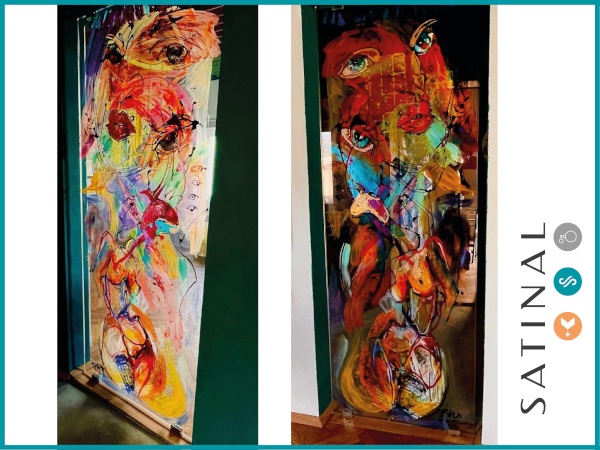

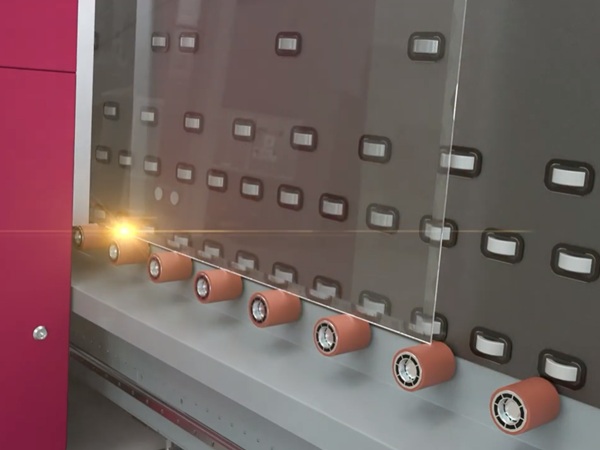











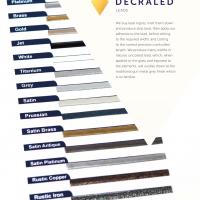
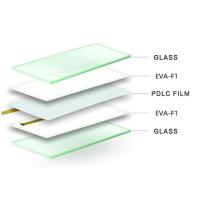
Add new comment